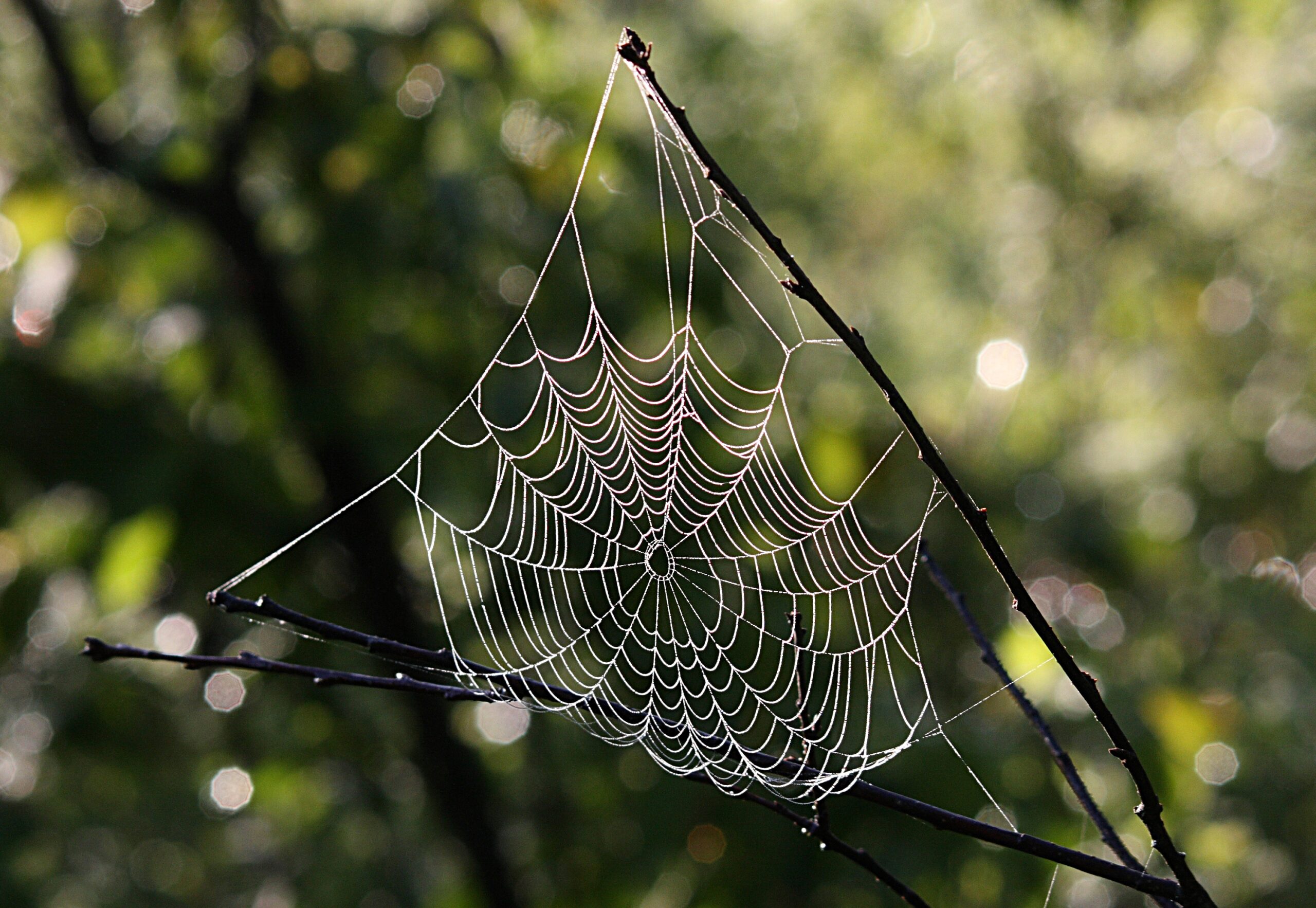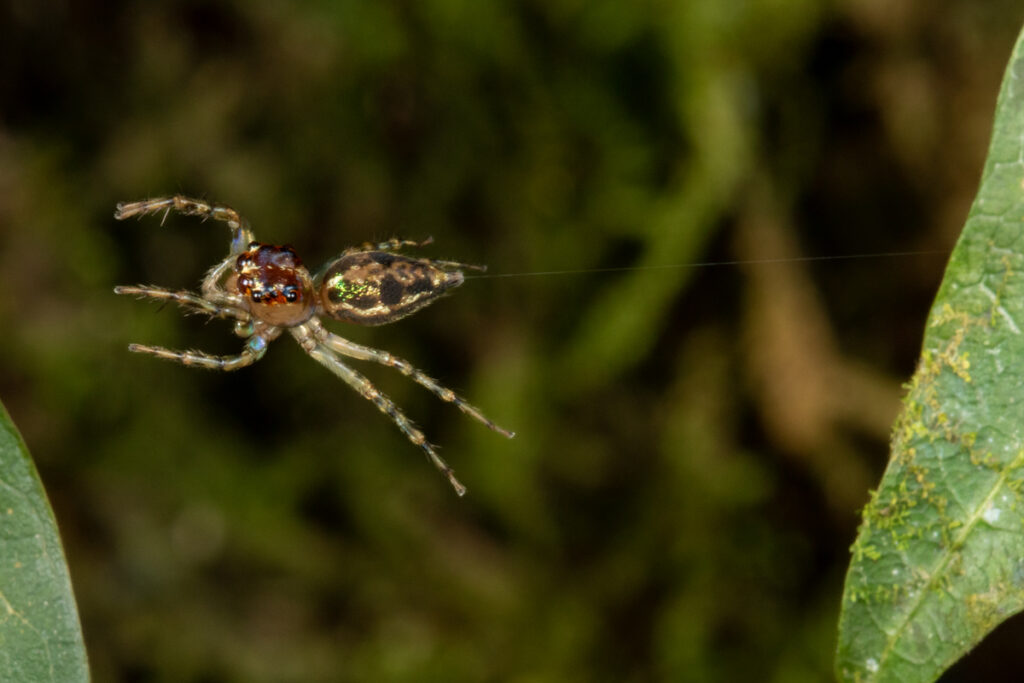Spider silk is a protein fiber that spiders produce out of their abdomen.
“They have these things called spinnerets. And if you go up close, they actually look like nozzles on a hose or something. If you have the spray nozzle on the end of the hose, that’s kind of how they work,” says Wizzie Brown, a Texas A&M AgriLife Extension Service specialist.
There are seven different types of spider silks. They all have technical names and physical descriptions. Some are sticky; some are very strong.
Each comes out a designated spinneret.
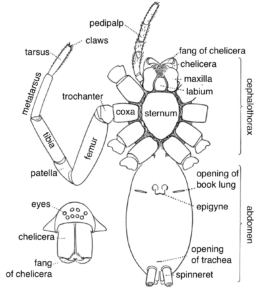 “It’s almost kind of like if you have one of those ice cream machines, so you’ve got your vanilla handle and you’ve got your chocolate handle, but then you have the one that you can put them together. So it’s kind of similar to that in that they have the different nozzles, but you can also spin stuff together as well,” Brown says.
“It’s almost kind of like if you have one of those ice cream machines, so you’ve got your vanilla handle and you’ve got your chocolate handle, but then you have the one that you can put them together. So it’s kind of similar to that in that they have the different nozzles, but you can also spin stuff together as well,” Brown says.
Spiders don’t necessarily have all seven types of silk but, Brown says, some spiders have up to five. They are used for different tasks.
She explores how that silk might be used by different types of spiders.
Capturing prey – with a web or ‘fishing’
The most obvious use for spider silk is to capture prey. But even in this category there are a couple of different uses.
First, consider the Orb-weaver spider, which, Brown says, makes what you might call the quintessential spider web.
“They actually build that web because they have poor eyesight,” Brown says. “And they’re using that silk to capture the food that they’re going to eat.”
Other spiders will do what’s called “fishing.” Brown says they’ll “drop a little line of silk and use it to capture whatever they’re feeding on.”
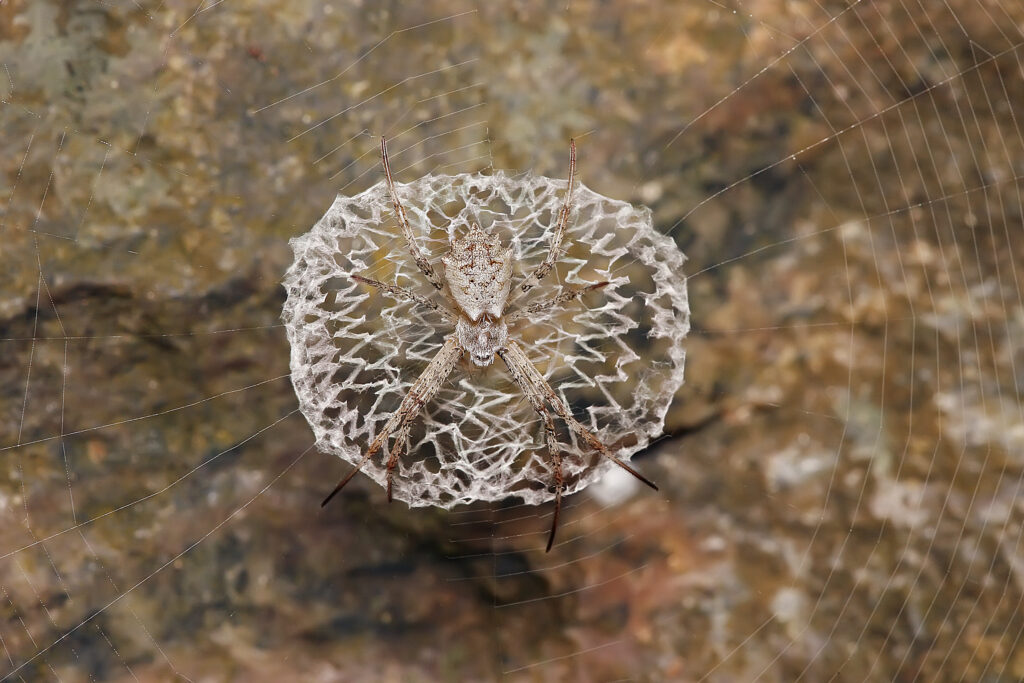
By Muhammad Mahdi Karim – Own work, GFDL 1.2, https://commons.wikimedia.org/w/index.php?curid=7164693
Subduing prey
Orb-weavers are one type of spider that has a different type of silk that they use for wrapping up the prey and keeping them in place.
“And they also will immobilize them with venom at that point in time, too. So that’s kind of a one-two punch,” Brown says.
Other spiders deliver it all in one big punch.
“The spitting spiders, which are really cool, they actually combine their silk with their venom and they shoot it out of their chelicerae – which are kind of their mouthparts – kind of like you think the Spider-Man web goes. So they shoot that out and then they can drag in their prey and they’re kind of subdued already,” Brown says.
In reproduction
“So male spiders will sometimes create a sperm web, essentially where they put their sperm, and then the females can go and pick it up. And then, of course, the female egg sacs can be used to wrap that up into a silken cocoon to protect the eggs.”
To find a new home
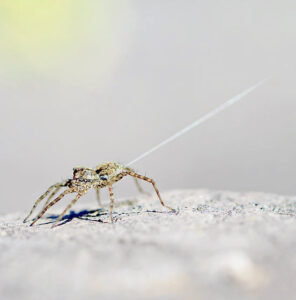 Some spiders will use their silk for dispersal methods – you may have heard it called ballooning.
Some spiders will use their silk for dispersal methods – you may have heard it called ballooning.
“If you’ve ever seen ‘Charlotte’s Web,’ you’ve probably seen ballooning,” Brown says. “So they throw up a strand of silk and it catches the wind and that will carry them to a new place.”
She says spiders do this to separate themselves from one another. Too many spiders in one place means they won’t each have enough to eat – and may instead eat one another.
As a food source
While silk used as a food source is not a different type of silk, necessarily, it is a use worth noting.
“There are also some spiders that will either eat the web of a different spider or they’ll eat their own web,” Brown says.
That’s because making a web, and just being a spider in general, can take a lot of energy.
“If we go back to our Orb-weaver, they have parts of the web that are sticky, and that’s what the prey gets stuck on. But that can also pick up dust and other things. And so, if that happens, they have to rebuild it because it’s no longer sticky to capture the prey. So they can actually ingest that webbing. And that way they don’t have that huge metabolic cost anymore.”
To line a nest
Some spiders don’t build webs. But they still use silk to line their nest.
“If they create a burrow or something on the ground, they’ll line that with webbing and they may have little strands that come off from the burrow that are kind of like a trip line almost, where if something goes across it, then they know that something’s there and that can either warn them, ‘hey, there’s something to come eat me’ or ‘hey, there’s something out there that I can go eat.’”
To dive – into water or off of something
Another type of spider spins a web over itself, creating a sort of diving bell so that it can still breathe when it goes underwater to hunt for food.
“Animals are so fascinating,” Brown says. “How did it figure out how to do that? That’s just amazing.”
Brown says one of her other favorite stories about spiders is the Salticidae or jumping spiders. They use silk as anchor lines – almost like a bungee jumper.
“They will essentially drop a line of silk and kind of glue that to whatever surface they’re on,” Brown says. “So when they go jumping after prey, if they miss, they can just climb back up the line.”
For communication
Brown says some spiders also use silk to help them communicate.
“So they will incorporate a pheromone onto the silken strand,” Brown says. “So either, you know, they can find a mate or they can find their way home or various things like that.”
Do you have a bug question for Wizzie Brown? Drop us a line, and we’ll pass it along.
If you found the reporting above valuable, please consider making a donation to support it here. Your gift helps pay for everything you find on texasstandard.org and KUT.org. Thanks for donating today.


